Japan
To coincide with the release of the new Japan travel guide, the experts at Lonely Planet have provided us with Japan’s Top 5 experiences!
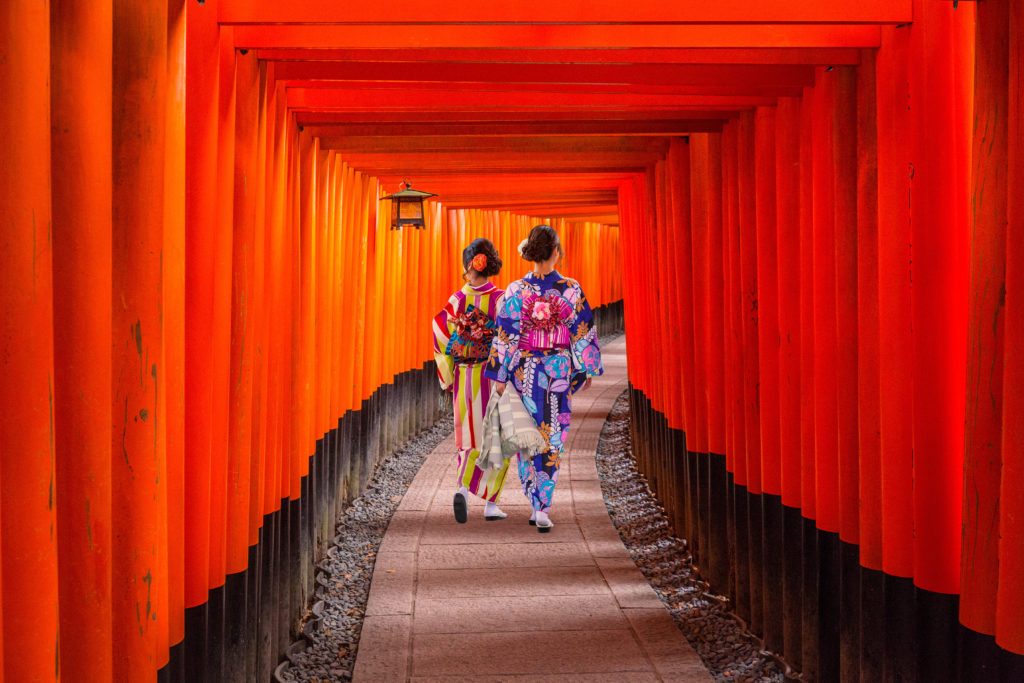
Kyoto
Kyoto Japan’s imperial capital for a thousand years, is home to more than a thousand temples. Among them are the monumental, like Kinkaku-ji (an exquisite pavilion sheathed entirely in gold leaf), and the meditative, like Ryōan-ji, with its stark Zen rock garden. And temples are only the start of it: there’s the culture of tea, which you can appreciate at one of the city’s many elegant teahouses; the art of the geisha, those iconic performers of traditional music and dance; and also a rich food culture, including kaiseki (Japanese haute cuisine).
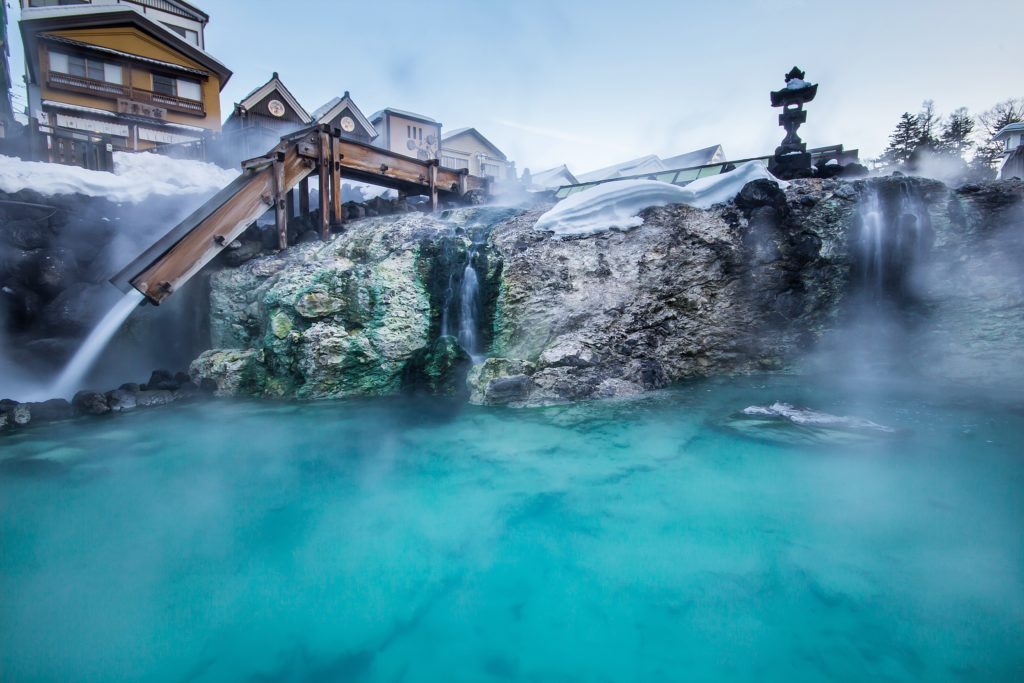
Onsen
Some locals will tell you that the only distinctively Japanese aspect of their culture – that is, the only thing that didn’t ultimately originate in mainland Asia – is the bath. Highly volcanic Japan has thousands of onsen scattered across the archipelago, which feed baths. The Japanese have turned the simple act of bathing into a folk religion and the country is dotted with temples and shrines to this most relaxing of faiths. Not convinced? Wait until you give it a try (and feel years of stress melt away).
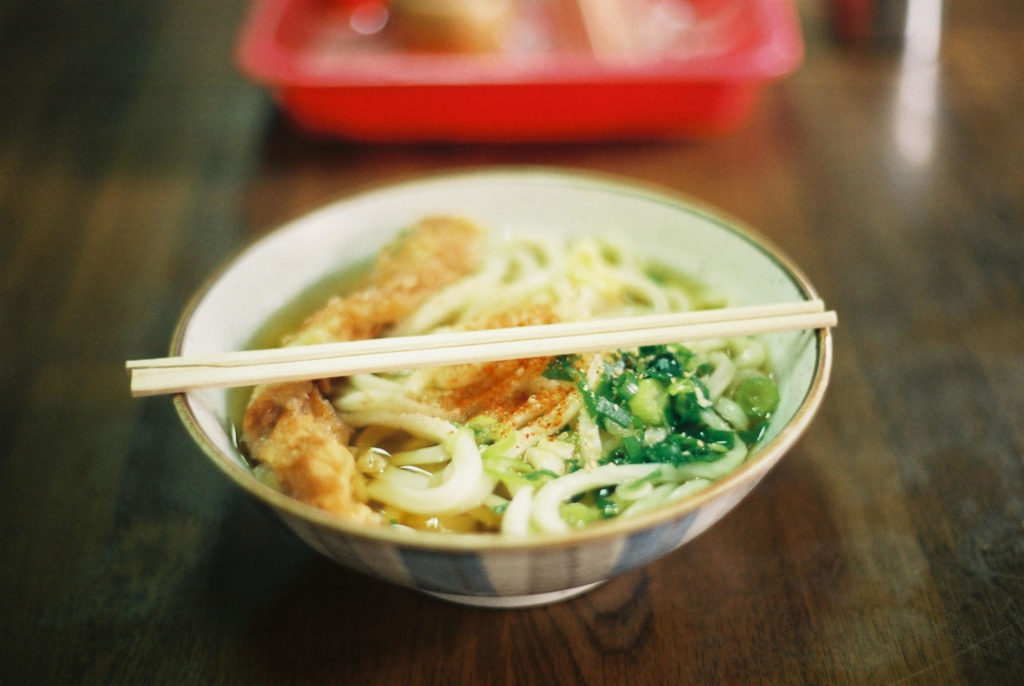
Japanese Cuisine
One of the joys of travelling in Japan is experiencing the true breadth of the country’s cuisine Sushi (raw fish on vinegar-seasoned rice) may be synonymous with Japan, but head to the mountains, for example, and you’ll discover a hearty cuisine that draws from the land. It’s hard not to eat well in Japan: such is the care and thought put into ingredients and presentation. What’s more, you can have a superlative meal on any budget: even (and often especially) a humble bowl of noodles can be sublime.
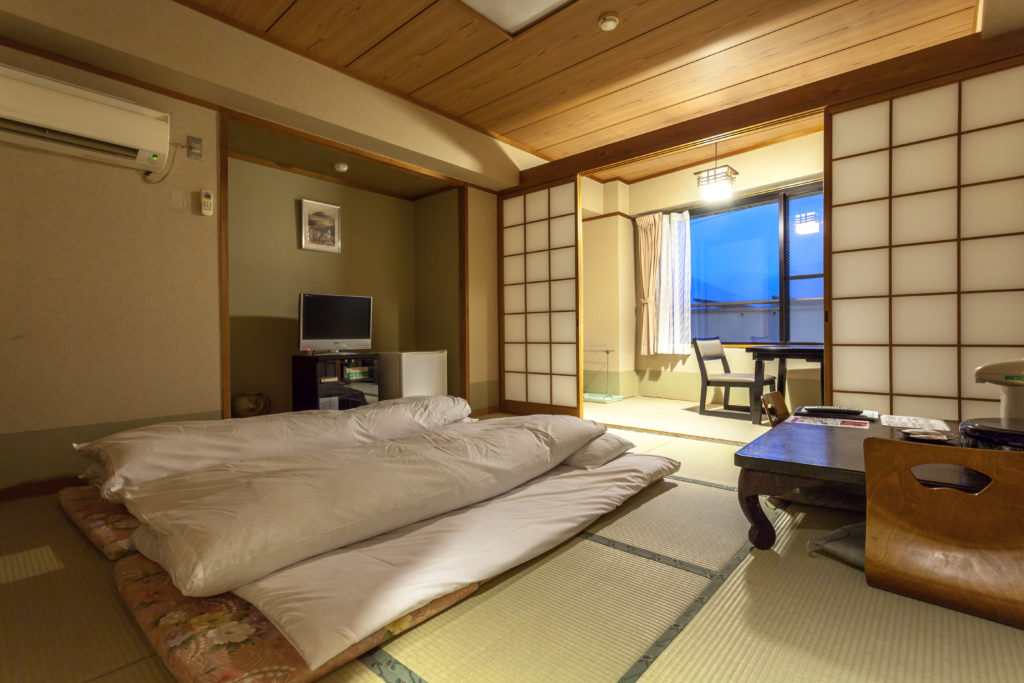
Staying in a Ryokan
Ryokan simply means ‘inn’, but in this modern age of hotels, the word has come to mean an inn with a particular aesthetic and attitude towards service that feels more traditionally Japanese. Ryokan have tatami (woven reed mat) floors where guests sleep on futons (quilted mattresses) rather than beds. They’re usually low-slung buildings with winding corridors of highly polished wood. In better ones, staff wear kimonos and are highly attuned to guests’ needs. These will also serve exquisite meals of local, seasonal ingredients – a truly memorable experience.
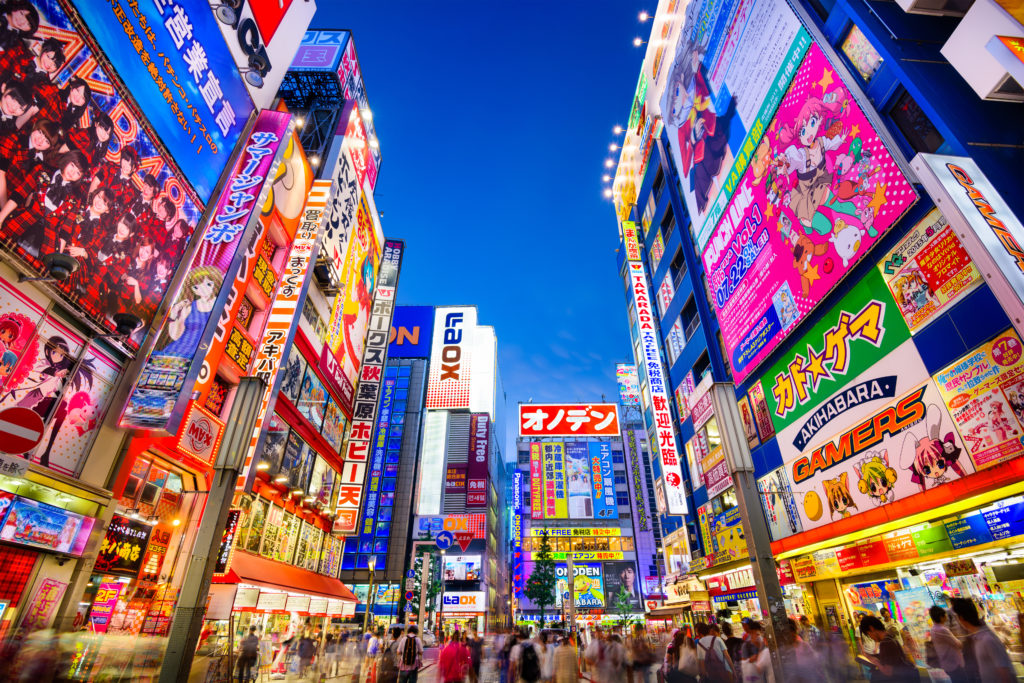
Tokyo
Tokyo is a city forever reaching into the future, pushing the boundaries of what’s possible on densely populated, earthquake-prone land, adding ever taller, sleeker structures. It’s Japan’s top spot for contemporary art and architecture, pop culture, shopping, drinking and entertainment (and a tie with Kyoto for dining). But more than any one sight, it’s the city itself that enchants visitors. It’s a sprawling, organic thing, stretching as far as the eye can see. Always changing, and with a diverse collection of neighbourhoods, no two experiences of it are ever the same.
Content supplied by Lonely Planet


